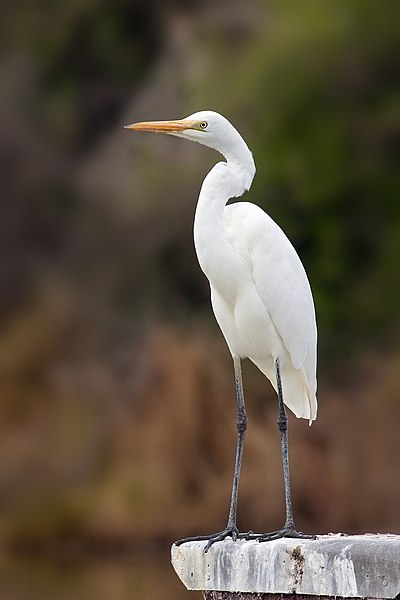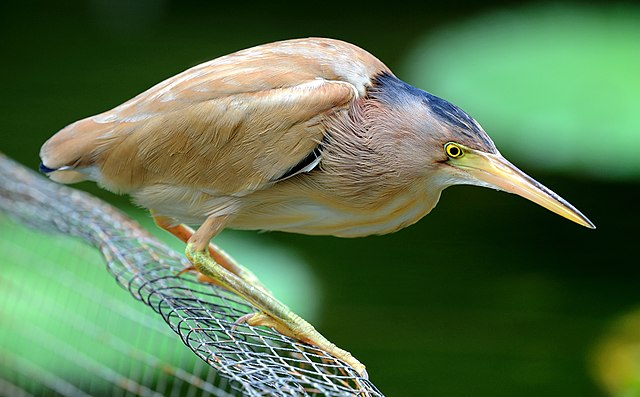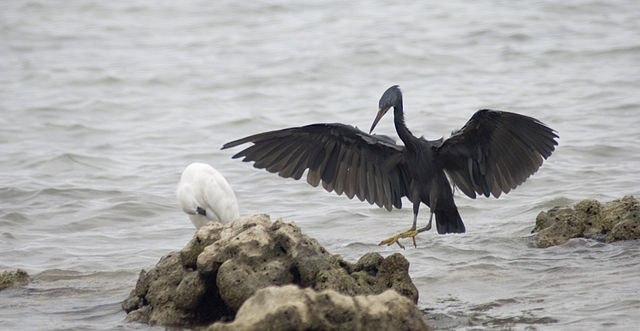The eastern great egret is a species of heron from the genus Ardea, usually considered a subspecies of the great egret. In New Zealand it is known as the white heron or by its Māori name kōtuku. It was first described by British ornithologist John Edward Gray in 1831.
Image: Kotuku · Rina Sjardin Thompson WCSW
Image: Ardea modesta
Flock at Kolkata, West Bengal, India
Non-breeding plumage in Japan
Herons are long-legged, long-necked, freshwater and coastal birds in the family Ardeidae, with 72 recognised species, some of which are referred to as egrets or bitterns rather than herons. Members of the genera Botaurus and Ixobrychus are referred to as bitterns, and, together with the zigzag heron, or zigzag bittern, in the monotypic genus Zebrilus, form a monophyletic group within the Ardeidae. Egrets do not form a biologically distinct group from herons, and tend to be named differently because they are mainly white or have decorative plumes in breeding plumage. Herons, by evolutionary adaptation, have long beaks.
Heron
The neck of this yellow bittern is fully retracted.
The Pacific reef heron has two colour morphs, the light and the dark.
Lava herons are endemic to the Galápagos Islands, where they feed on fish and crabs in the intertidal and mangrove areas.








